Promote local economic development
Binh Duong is a province with relatively large potential for minerals for common construction materials (VLXDTT). The province's mining industry has for many years provided raw materials for infrastructure construction of the province and neighboring areas, contributing positively to the socio-economic development of the province in particular and the Southern region in general.
According to statistics from the Department of Industry and Trade of Binh Duong province, as of February 25, 2023, there are 32 mines in the province licensed to exploit and explore construction stone with a total area of over 1,046 hectares and an approved reserve of over 710 million m3. The whole province has 26 quarries licensed to exploit construction stone in operation with a total area of 777 hectares and an authorized reserve of 377.1 million m3. Construction stone quarries in Binh Duong province are mainly concentrated in 2 clusters: Thuong Tan - Tan My in Bac Tan Uyen district with 13 mines and a cluster in Phu Giao district with 4 mines.
The report on the socio-economic situation of Binh Duong province in 2020 shows that Binh Duong is a province with an industrial, commercial, service and agricultural economic structure. In that structure, the contribution of construction stone mining to the total budget revenue and expenditure of Phu Giao district is about 87.65/833 billion VND (quarter III/2020), and for Bac Tan Uyen district is about 210.3/2,022 billion VND (first 6 months of 2020).
In recent years, the economy of Phu Giao and Bac Tan Uyen districts has gradually shifted its structure, focusing on industry, in which the mineral exploitation and construction materials production industry along with the agricultural processing industry play a key role. This requires the exploitation of construction materials to promote its role and strengths, but also pay attention to environmental issues and sustainable development to avoid affecting local agricultural production and processing activities.
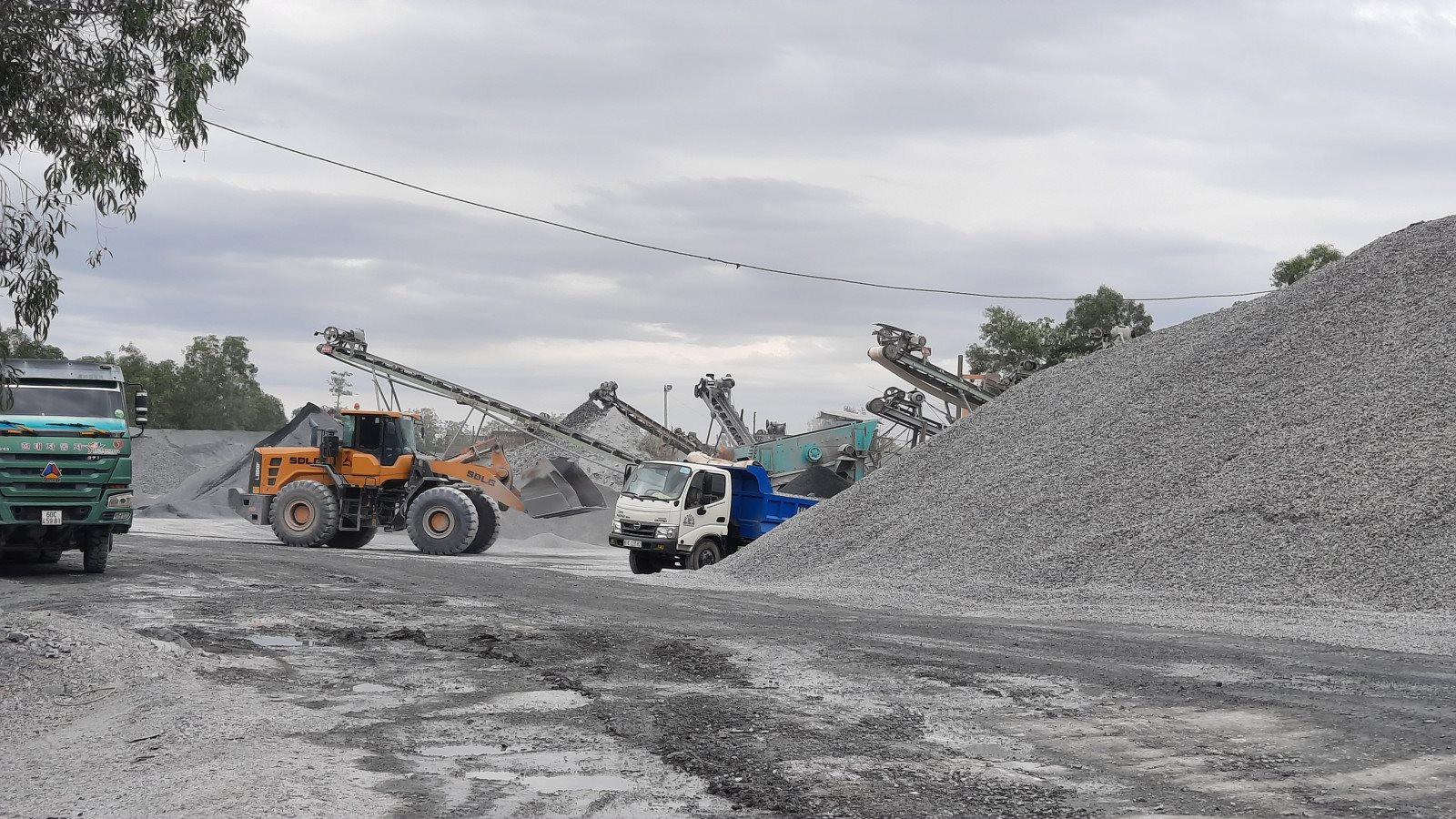
As of the fourth quarter of 2020, Phu Giao district has nearly 600 enterprises, industrial and handicraft production establishments, with 5 industrial clusters that have completed infrastructure and come into operation. The development of the mining industry creates conditions for construction development, while the demand for mining production also requires the development of mechanics, manufacturing and automation, which is the driving force for other industries to have conditions to develop supply.
To meet the needs of infrastructure development, transportation and urbanization for industrial development, Binh Duong in particular and the Southeast region in general need a fairly abundant amount of construction materials. According to the Planning for exploration, exploitation and use of minerals as common construction materials in Binh Duong province for the period 2016-2020, with a vision to 2030, the total planning area of construction stone is about 1,090 hectares, of which: 880.45 hectares are exploited and nearly 210 hectares are explored and exploited; brick and tile clay is planned with an area of 719.39 hectares, including 419.85 hectares are exploited and 299.54 hectares are explored and exploited...
Thus, the exploitation of construction stone not only creates revenue for the locality to develop infrastructure to serve industrial and service development, but also is a production sector that supplies input materials, which is a favorable condition and creates motivation for the construction industry to develop.
In the field of commerce, the development of mining will create conditions to promote the purchase and sale of goods and trade to serve production needs and meet living needs when the population increases. This promotes the development of small-scale economic development (in Bac Tan Uyen district, the estimated total retail sales of goods and services are 2,537 billion VND, an increase of 14.13% over the same period in 2019).
Mineral exploitation activities attract nearly 1,500 workers
Besides promoting local economic development, mineral exploitation activities also contribute effectively to poverty reduction in Binh Duong province.
To clarify this, the research team from the Department of Energy Management and Safety Engineering, Department of Industry and Trade of Binh Duong province and the Faculty of Mining, University of Mining and Geology conducted field surveys, community consultation investigations, statistics, and environmental matrices. Accordingly, Phu Giao district has a population of about 90,843 people, an average population density of 167 people/km2, mainly concentrated in Phuoc Vinh town and Phuoc Hoa, Vinh Hoa, An Binh communes, which are places of industrial development in the district.
The population in 2021 of Bac Tan Uyen District is 74,867 people, the population density is 187 people/km². The labor force structure in the district is mainly farmers because the agriculture and forestry sector accounts for a high proportion, the urban population is very small, mainly in the central area of Tan Thanh town.
The development of mining projects will lead to an increase in the mechanical population, a number of people will migrate from other areas to participate in the project's activities. With 26 licensed mines operating in the province, it has attracted nearly 1,500 workers, of which local workers account for only 12.6%, the rest are non-local workers.
Mr. Phan Hong Viet - Department of Energy Management and Safety Engineering, Department of Industry and Trade of Binh Duong province, the main author of the study pointed out: Mineral exploitation has created jobs for about 1,500 workers in the fields of mining, mechanics, electricity, accounting... and workers who depend on services for mining and mineral consumption in the province.
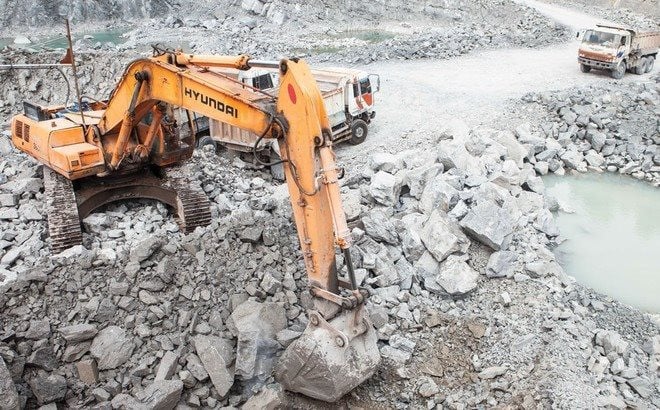
The income of workers working in stone quarries ranges from 82-96 million/year, about 1.5 times higher than the local average income. The average income per capita of Phu Giao district in 2019 was 60 million/year (1.77 times higher than in 2014); the average income in 2019 of the entire Bac Tan Uyen district reached 61 million VND/person/year (1.88 times higher than in 2014).
Synthesizing the assessment of the economic and social environmental impacts of stone mining activities in Binh Duong province, the research team said that the positive effects account for a much larger proportion than the negative impacts. However, to ensure stability and sustainable development, the research team proposed that the authorities of Binh Duong province and mining units should consider introducing stronger policies and guidelines on environmental protection, public health protection, ethnic minority policies and sustainable agricultural development policies.
On the other hand, some negative environmental and social impacts and risks may also occur in mining activities. However, these impacts are expected to be moderate and can be managed through the environmental and social management plan proposed in the environmental impact assessment reports of mining projects.
The research team recommends that construction stone quarries in the province need to have comprehensive planning measures for exploitation and environmental restoration after exploitation to minimize negative impacts on the environment; pay taxes and contribute to the socialization process to promote economic, cultural, educational, and transportation development in the region; effectively implement ethnic minority screening policies, ensure income for workers, take advantage of local labor resources, and employment regimes for workers when closing mines; actively cooperate with local authorities to ensure security and order, eliminate social evils, and promote social security.
According to the data of the Planning for exploration, exploitation and use of minerals as common construction materials in Binh Duong province in the period of 2016-2020, with a vision to 2030, in the planning period of 2011-2015, the total budget revenue from mineral activities in Binh Duong province was nearly 1,754 billion VND and is estimated to be 2,102.76 billion VND by 2030. This is a great resource to promote local economic development as well as invest in infrastructure to shift the economic structure towards modern industry.
Source






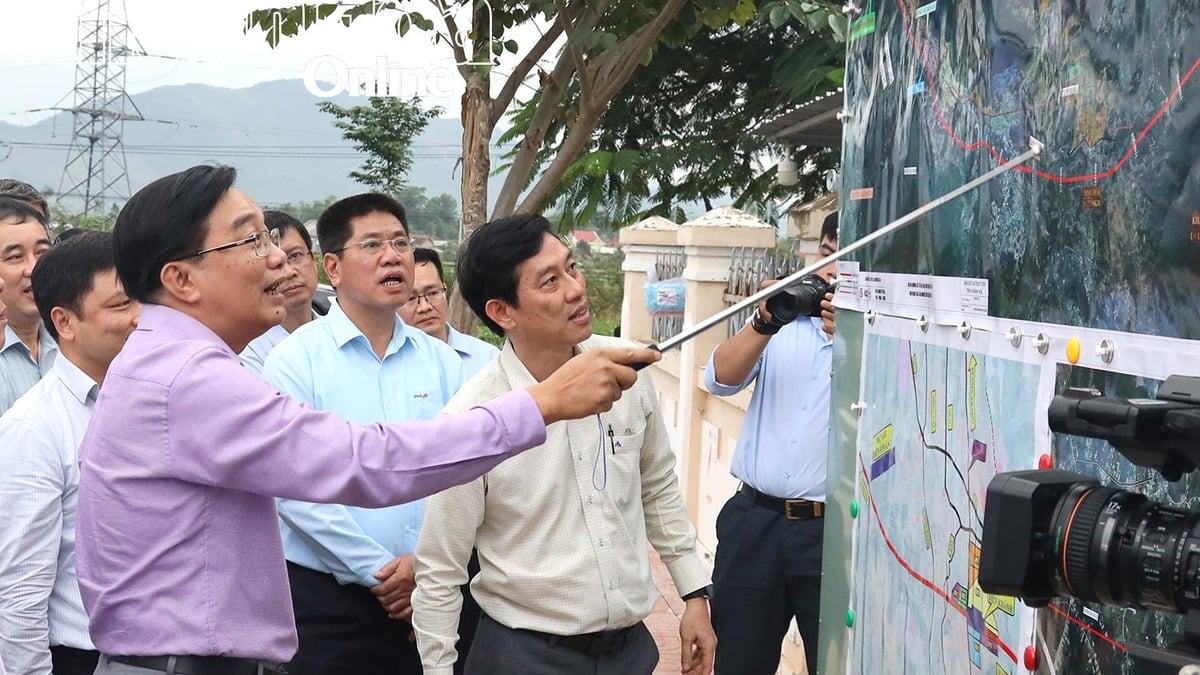

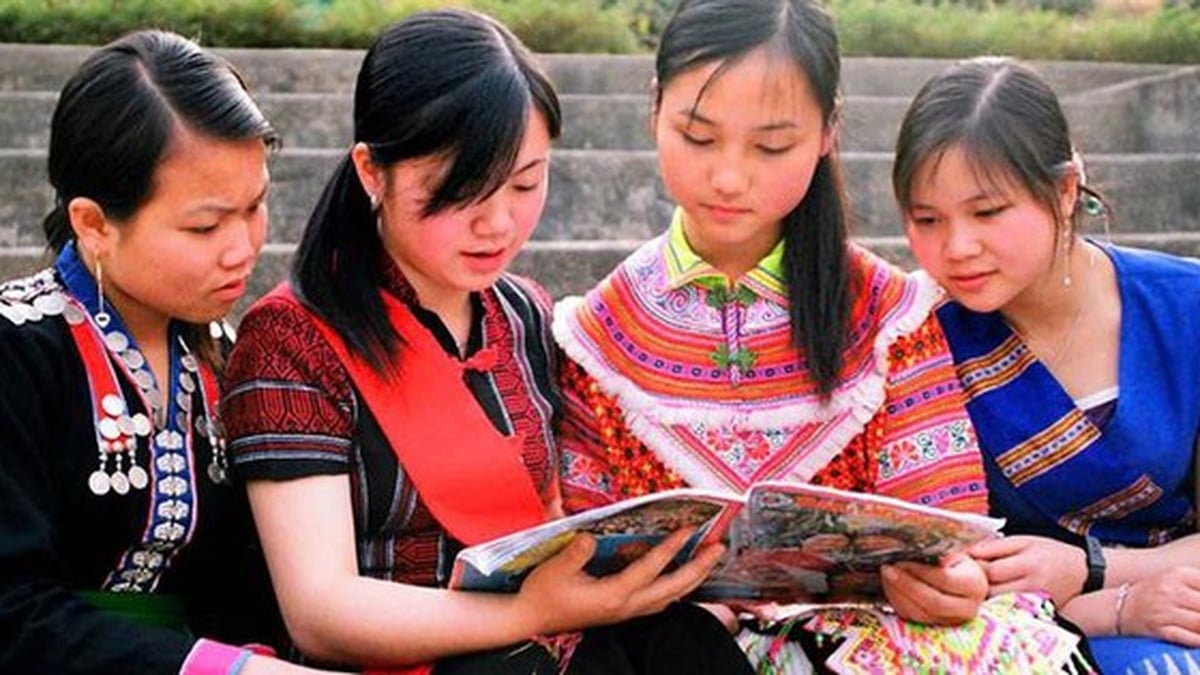
















![[Photo] National Assembly Chairman attends the seminar "Building and operating an international financial center and recommendations for Vietnam"](https://vphoto.vietnam.vn/thumb/1200x675/vietnam/resource/IMAGE/2025/7/28/76393436936e457db31ec84433289f72)









































































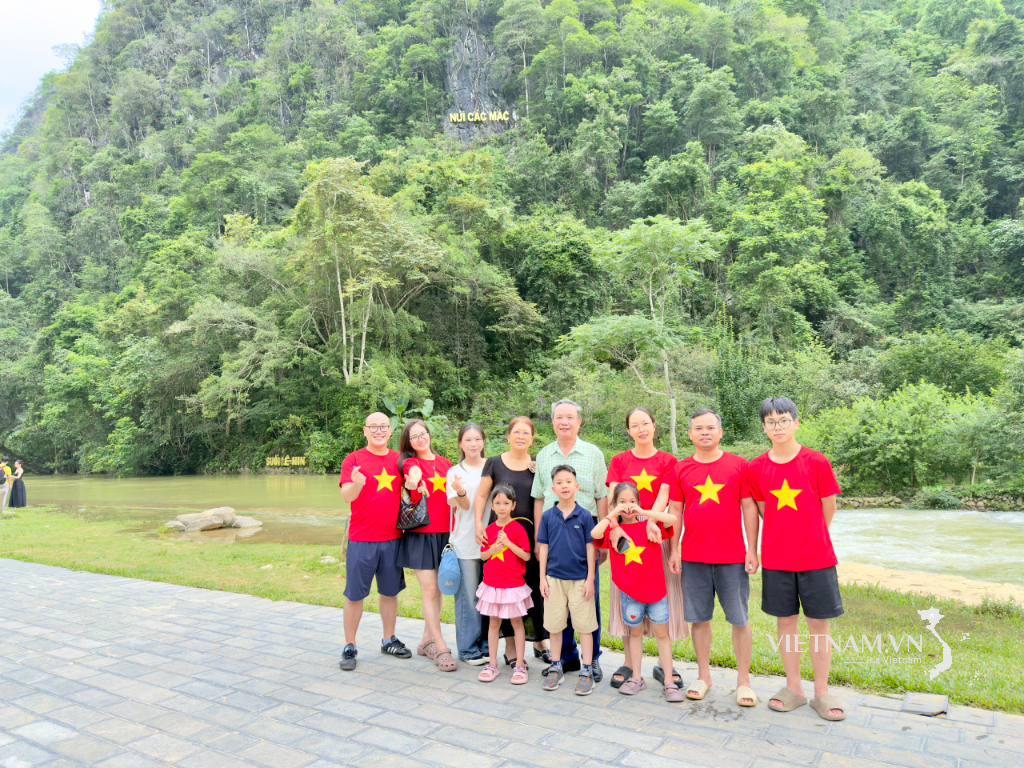

Comment (0)